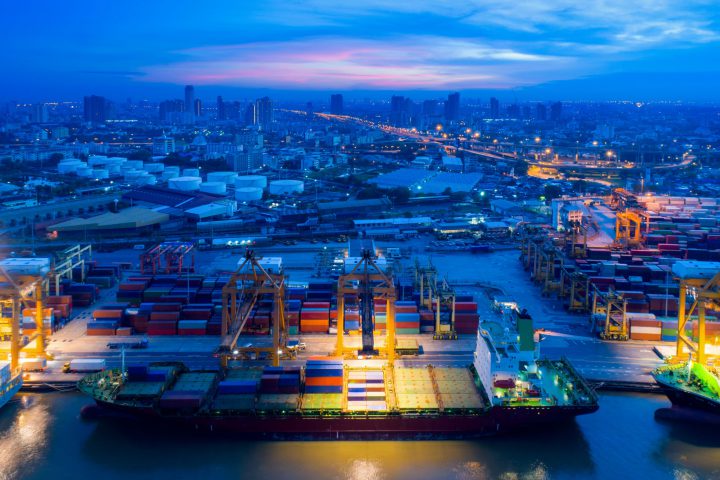
Revolutionizing Sri Lanka’s Maritime Sector Through Infrastructure and Connectivity

As the world acknowledges the criticality of maritime infrastructure in economic progression, nations strategically located along vital international shipping routes are pushing boundaries to enhance their maritime capabilities. Sri Lanka, an island nation at the crossroads of major maritime routes, is poised to harness this potential through significant investments in its port infrastructure, drawing inspiration from global models in countries like Peru and Djibouti. This blueprint for progress is not only about physical enhancements but also encapsulates strategic partnerships, capacity building, and technology infusion, essential for transforming Sri Lanka into a world-class maritime hub.
Central to Sri Lanka’s maritime advancement is the robust upgrade of its port facilities. The National Port Master Plan reveals the government’s vision of adapting its ports to accommodate the new generation of mega-ships, necessitating the expansion of berths, acquisition of state-of-the-art cranes, and implementation of cutting-edge technologies for efficient cargo handling. However, infrastructure is not just about ports; it’s also about their hinterland connections. Drawing parallels with the Chancay Multipurpose Terminal in Peru, Sri Lanka recognizes the need to enhance connectivity with industrial zones and markets. This involves streamlining logistics services, upgrading road networks, and possibly developing dedicated freight corridors to ensure efficient, cost-effective, and timely movement of cargo.
The strides taken by other nations underscore the importance of a multifaceted approach. Peru’s surge in maritime investments, highlighted by the ambitious Chancay terminal and the expansion of Callao and Salaverry ports, is part of a broader strategy to boost the country’s logistical capabilities, reflecting how infrastructural enhancements contribute to a nation’s competitive edge in global trade. Similarly, Djibouti, through its strategic initiative funded by the World Bank, is enhancing regional connectivity, indicating the importance of improved logistical links for attracting investment and boosting trade. These global instances can provide valuable insights to Sri Lanka in its quest to optimize its maritime infrastructure, demonstrating the significance of comprehensive planning, stakeholder engagement, and a balance between domestic needs and global trends.
Furthermore, Sri Lanka’s blueprint must include forging strategic partnerships and adopting technological advancements. Collaborations with global maritime players can bring in not only investments but also technological know-how and operational expertise. Embracing digital technologies, automation, and data-driven decision-making, as seen in advanced ports globally, can significantly reduce turnaround times, enhance security, and increase throughput, propelling Sri Lanka’s ports to world-class standards.
Additionally, in an era where sustainability cannot be an afterthought, Sri Lanka’s maritime development plan must incorporate environmental considerations. Initiatives should include the promotion of clean energy, efficient waste management, and measures to mitigate the environmental impact of port operations, aligning with global sustainability standards and ensuring the long-term viability of the maritime industry.
The journey towards revolutionizing Sri Lanka’s maritime sector is a comprehensive endeavor. While the focus on infrastructural enhancement and connectivity is paramount, insights from global trends, emphasis on technological infusion, strategic collaborations, and sustainability are equally critical. By integrating these elements into its maritime blueprint, Sri Lanka is not just gearing up for economic upliftment but is also contributing to a more connected and sustainable global maritime community.